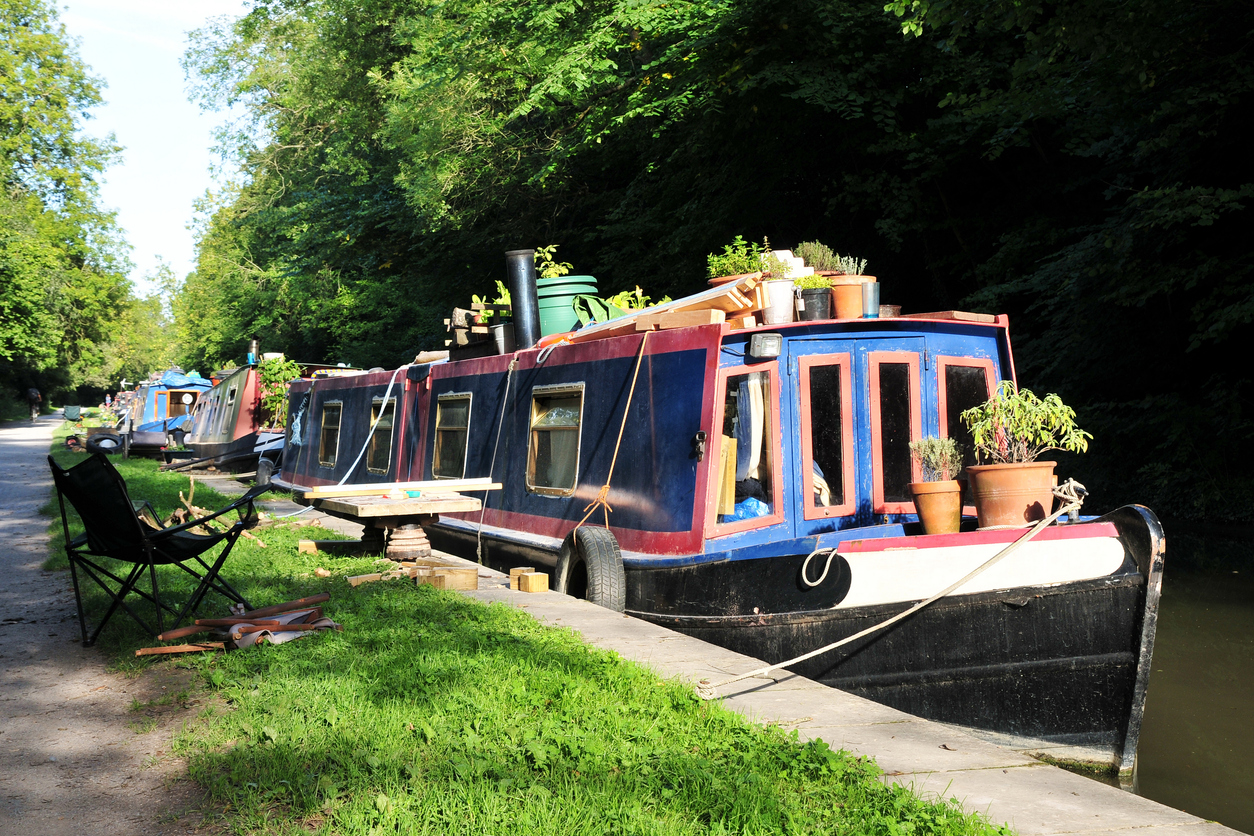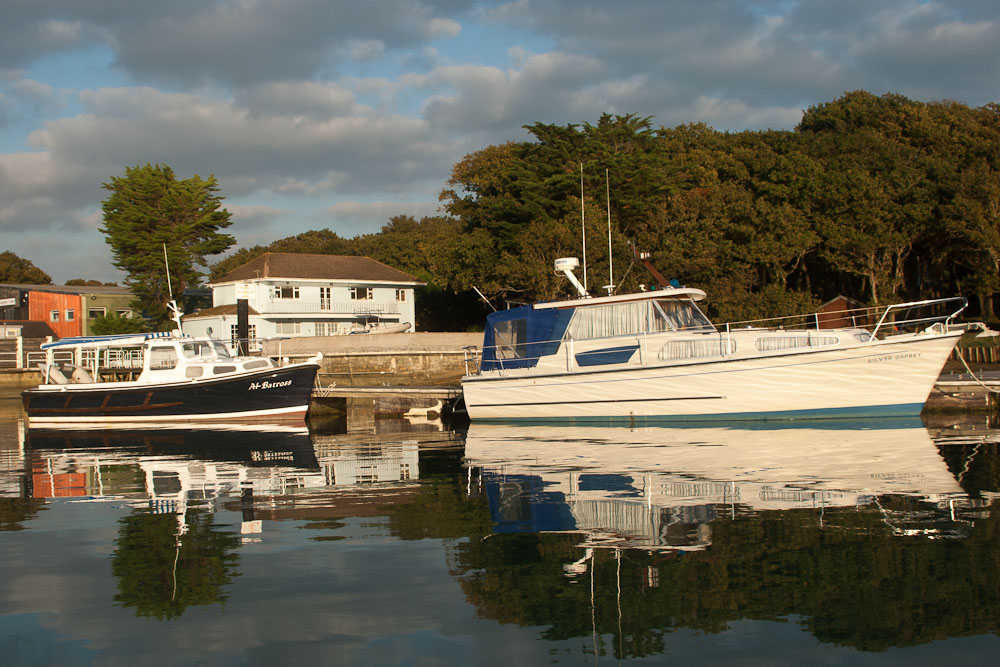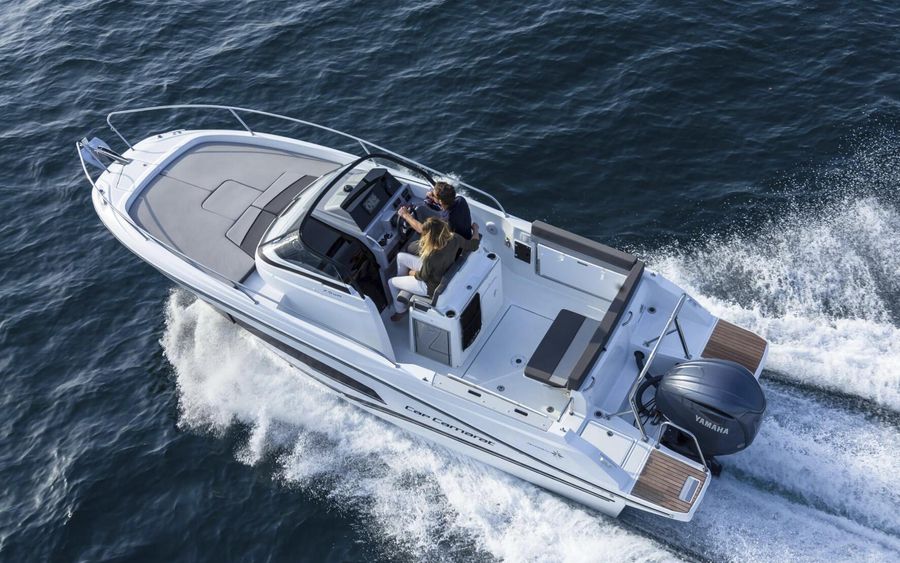“Do unto others” is a commandment that works well when it comes time to sell your boat. Put yourself in the potential buyer’s shoes. Think about what would be pleasing about your boat’s appearance, and what might be off-putting or annoying. A grimy engine, rust spots on the topsides or in the cockpit, oil in the bilge – these flaws are obvious, and it should go without saying that some basic maintenance and painting may be needed before inviting a potential buyer aboard. But many sellers forget one golden rule: always clear out any personal touches and belongings.
Clear out the clutter
They’re nice, but not for everyone: personal effects, decorations – matters of taste, for lack of a better phrase. This is an area of preparation that sellers often neglect, usually because they’re blind to it: they just don’t see it as a factor that might hurt the chances of a sale.
But it’s unwise to assume that a buyer will be as thrilled as you are with all the things you’ve done to personalise your boat. Some things probably won’t be worth changing, for example, custom cushion fabrics that you’ve had made and that are still in good shape. But unless you’re a professional interior designer and you’re convinced that you’ll improve your chances of a sale with your show of decorative brilliance, it’s probably better to head in the other direction and minimise your clutter. The reason is simple: Most buyers will want to see a blank canvas: a boat that looks as close as possible to how it did when it came out of the factory. That way, they can imagine what it will look like when they introduce their own stuff and their own tastes on board.
This is especially true when it comes to stowage – whether in the cockpit, the head, the galley, or the cabin. Space in a boat is always at a premium, so if your stuff is occupying it when buyers come looking, they won’t be able to reimagine the possibilities for using that space themselves, in their own way.

Major items to consider removing
- Food, pots, pans, dish towels, and cooking gear from the galley area
- Toiletries, towels and all loose gear from the head compartment
- Bedding, linen, pillows, books, and any personal gear from bunks and sleeping areas
- Water sports gear (boards, tubes, skis, tow-ropes)
- Fishing gear (rods nets, gaffs, tackle boxes)
- Cleaning supplies (mops, brushes, sponges, buckets, hoses)
- Decorations (signs, photos, prints)
- Books, papers, pens, pencils, notebooks from the navigation area or cabin shelves
There are of course limits to how sterile you want to make things look. A pillow on a cabin settee or a few books on the shelf above the hanging locker probably won’t hurt, but they should enhance the spaces they’re in, not make a statement about you. When in doubt, take it out.

Keep it clean or don’t keep it
Of course, when all these areas are emptied out, they should be cleaned of dirt, dust, salt, rust stains, and anything else that will remind the buyer that this is a used boat. Shiny lockers and spotless drawers will be attractive. And make a point of keeping all these areas clean for as long as you offer the boat for sale.
Aside from personal gear, there will be some items that are worth selling with the boat, and that should enhance its value: things like anchor and anchor rode, personal flotation devices, fire extinguishers, fenders and mooring lines. But in order to be attractive to the buyer, they need to be in good shape and presented well. Lines shouldn’t be in a snarl; they should be neatly coiled and stowed. Fenders shouldn’t be half-deflated or covered with mould. You get the idea: if an item will increase the buyer’s sense of value, keep it. If it’s an eyesore, a distraction, or an indication of poor maintenance, ditch it.

Already cleared out your clutter? Check off what else needs doing before you sell, from sprucing up your engine to tidying and general prep.
Image credits: Evren Aydin via Unsplash, Lachlan Ross via Pexels, Arno Mitterbacher via Pixabay


